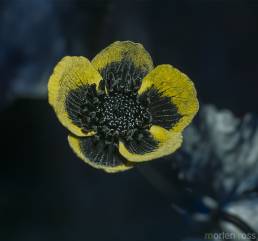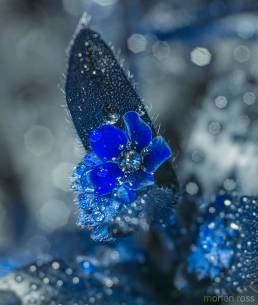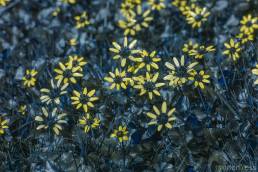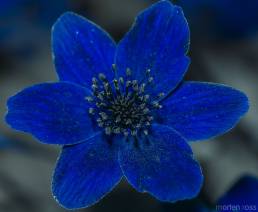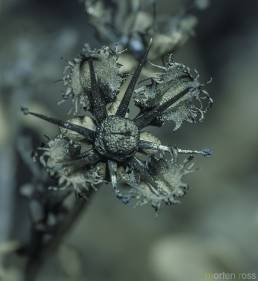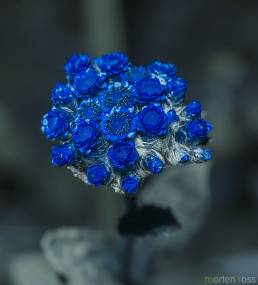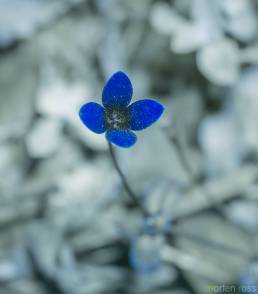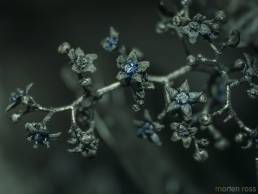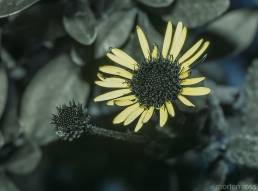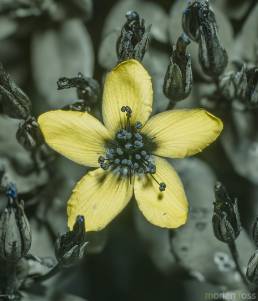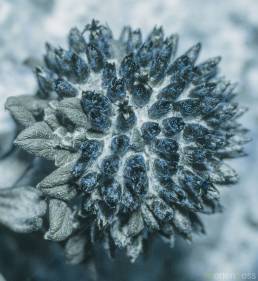13 May 2015
Bekkeblom (Caltha palustris) UV
Dette er hva som gjør UV fotografering så utrolig spennende! For hvordan ser blomsten ut i UV i forhold til hva vi…
5 May 2015
Skogforglemmegei (Myosotis sylvatica) UV
Selv om denne blosmten er kritthvit i det synlige lys for oss mennesker, er den ganske så mørk i UV, og spesielt i…
19 Apr 2015
Vårkål (Ranunculus ficaria) UV
Dette er vårens store overraskelse hva anngår forskjeller i UV og synlig lys! Lyset vi mennesker oppfatter gjør denne…
19 Apr 2015
Hvitveis (Anemone nemorosa) UV
Så krittende hvit som hvitveisen er i det lyset mennesket kan se, er den stikk motsatt i UV lys av en eller annen…
13 Feb 2015
Libinhania sphaerocephala UV
Libinhania sphaerocephala is very dull in UV compared to the many color variations in visible light. Endemic.…
13 Feb 2015
Searsia thyrsiflora UV
Searsia thyrsiflora is nNot particularly colorful in visible light and even less so in UV - all dark as it is.……
13 Feb 2015
Pulicaria lanata UV
Dark center opposed to the all-yellow appearance in visible light - a typical Asteraceae!
13 Feb 2015
Hypericum scopulorum UV
Hypericums are beautiful in UV light, as they are not uniformly colored, and this species is no exception. This species…
13 Feb 2015
Convolvulus sarmentosus UV
Yet another Convolvulaceae with identical color in UV light! I have yet to encounter one, no matter ho many different…
13 Feb 2015
Libinhania rosulata UV
The tiny flowers are dark in UV light compared to the mellow cream in visible light. Endemic.
